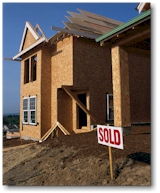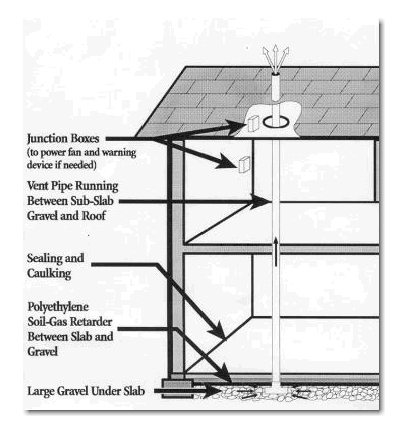 Radon-Resistant New Construction (RRNC) techniques use simple technology and common radon reduction techniques to help keep radon from entering the home by directing the radon gas outdoors. It is more cost-effective to include radon-resistant techniques while building a home, rather than retrofitting an existing home
Radon-Resistant New Construction (RRNC) techniques use simple technology and common radon reduction techniques to help keep radon from entering the home by directing the radon gas outdoors. It is more cost-effective to include radon-resistant techniques while building a home, rather than retrofitting an existing home
What If I Am Building A New Home?
-
Homes can be built with radon reduction systems in them.
-
It’s cheaper than having to fix a radon problem after the house is built.
-
Radon-resistant construction includes common building practices and a few added steps.
-
Having your builder incorporate radon-resistant features into your new home adds very little cost.
-
Homes with radon-resistant new construction features should be tested for radon after occupancy.
Basic Components of Radon-Resistant Construction:
-
Adequate room for the fan and power source in the attic
-
Minimum 3-inch PVC vent pipe running from sub-slab gravel to the roof
-
Slab perimeter and cracks sealed on basement floor
-
6 mil polyethylene sheeting between the slab and gravel
-
Minimum 3/8-inch clean gravel (no fines) at a minimum depth of 4 inches

Every new home should be tested for radon after it is occupied. If radon gas levels are equal to or greater than 4.0 pCi/L, the passive system can be activated by installing a standard radon fan.
Click on the links below to find out more about radon in homes:
-
CT DPH 2012 RRNC Fact Sheet

